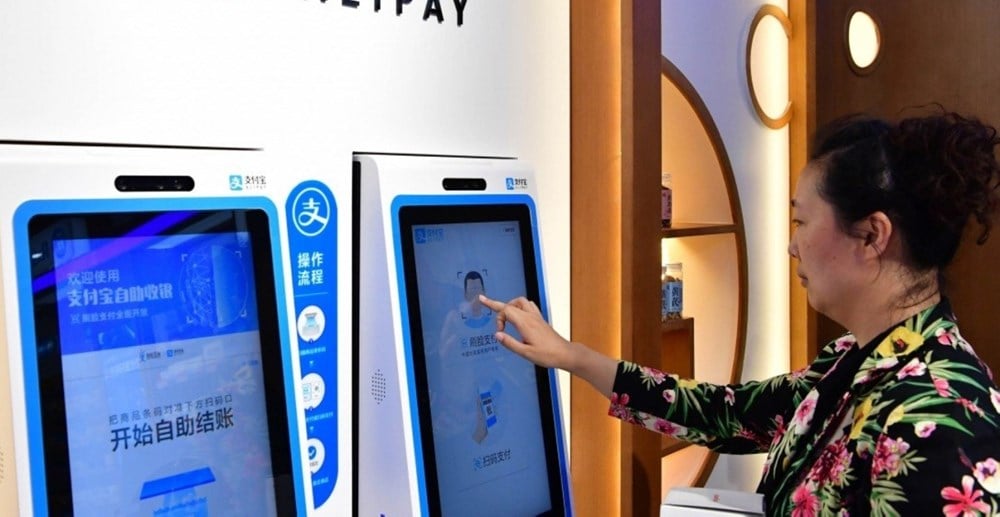
In Singapore, passengers now need just “one look” to complete immigration procedures. From 2024, automated kiosks at Changi Airport will allow citizens and permanent residents to scan their faces and irises instead of passports.
All data is cross-checked with the Immigration and Checkpoints Authority (ICA) database, reducing processing times by about 40%. This has made Singapore a regional model for biometrics in border management.
In Europe, many countries are also accelerating the transition to smart control models. At international airports such as Schiphol (Netherlands), Heathrow (UK) or Dubai (UAE), passengers no longer have to wait in long lines at the check-in counters.
Iris and facial recognition systems automatically verify identity in seconds, saving millions of hours of processing time each year while ensuring security.
In India, the Aadhaar program is considered the “digital backbone” of this country. With more than a billion users, it is the world’s largest biometric identification system, allowing citizens to quickly access public services, receive benefits, open bank accounts or sign electronic transactions with just a fingerprint or iris scan.
The United States is also a pioneer in the application of biometrics to international travel control. Through the US-VISIT program, US border management verifies the identities of more than 300 million passengers each year, contributing to tightening national security while ensuring a quick entry process.
In the Middle East, the iris is also the “key” that opens all digital doors. People in the United Arab Emirates (UAE) can conduct banking transactions or immigration procedures with just their iris, without having to carry a passport or citizen card.
It can be said that biometric technology is becoming the core foundation of digital identification, contributing to creating a smarter, safer and more convenient society in the digital age.
Although there are still challenges regarding data security and privacy, this trend is still considered an inevitable step forward in the digital age, helping to build a safer, smarter and more convenient digital society.
Source: https://baovanhoa.vn/nhip-song-so/khi-sinh-trac-hoc-tro-thanh-chia-khoa-so-cua-the-gioi-hien-dai-175343.html


![[Photo] Immerse yourself in the colorful musical world of “Secret Garden Live in Vietnam”](https://vphoto.vietnam.vn/thumb/1200x675/vietnam/resource/IMAGE/2025/10/18/1760805978427_ndo_br_thiet-ke-chua-co-ten-41-png.webp)

![[Photo] Closing ceremony of the 18th Congress of Hanoi Party Committee](https://vphoto.vietnam.vn/thumb/1200x675/vietnam/resource/IMAGE/2025/10/17/1760704850107_ndo_br_1-jpg.webp)
![[Photo] General Secretary To Lam attends the 95th Anniversary of the Party Central Office's Traditional Day](https://vphoto.vietnam.vn/thumb/1200x675/vietnam/resource/IMAGE/2025/10/18/1760784671836_a1-bnd-4476-1940-jpg.webp)

![[Photo] Collecting waste, sowing green seeds](https://vphoto.vietnam.vn/thumb/1200x675/vietnam/resource/IMAGE/2025/10/18/1760786475497_ndo_br_1-jpg.webp)




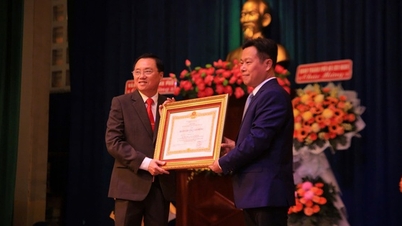





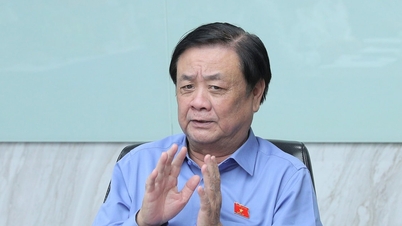





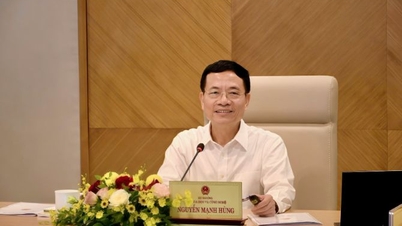







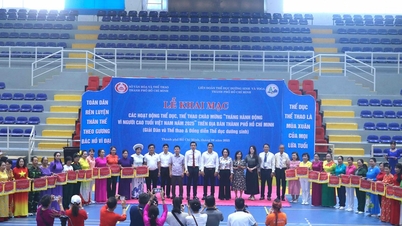
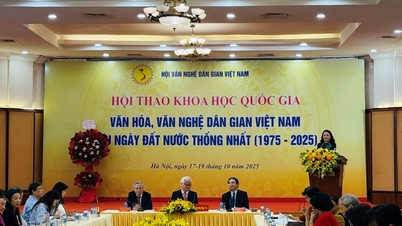
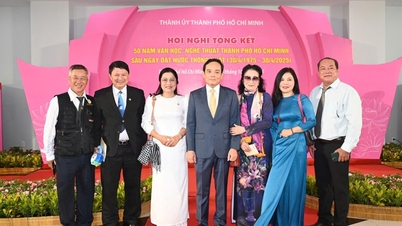

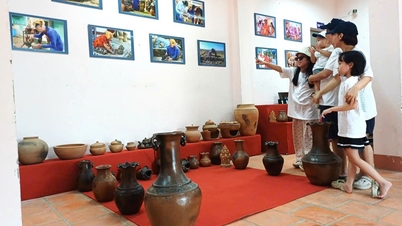


































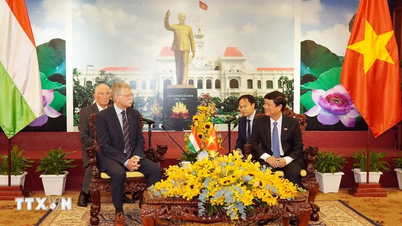



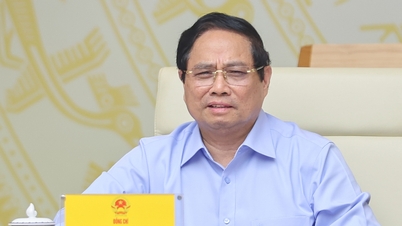
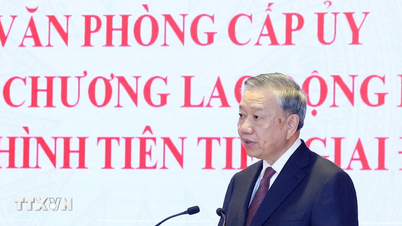




























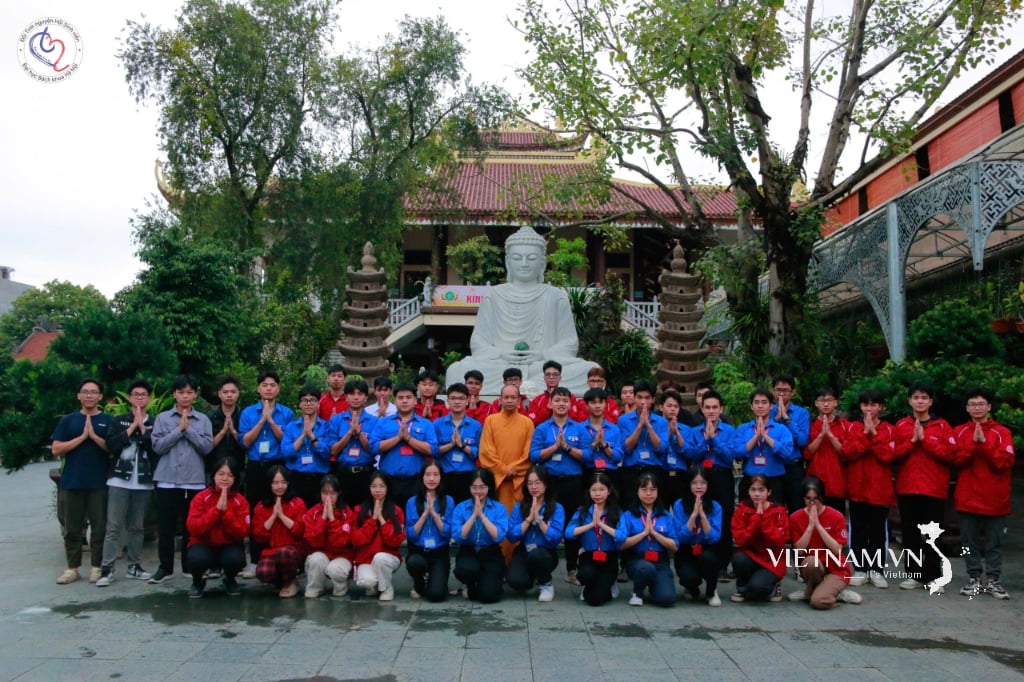

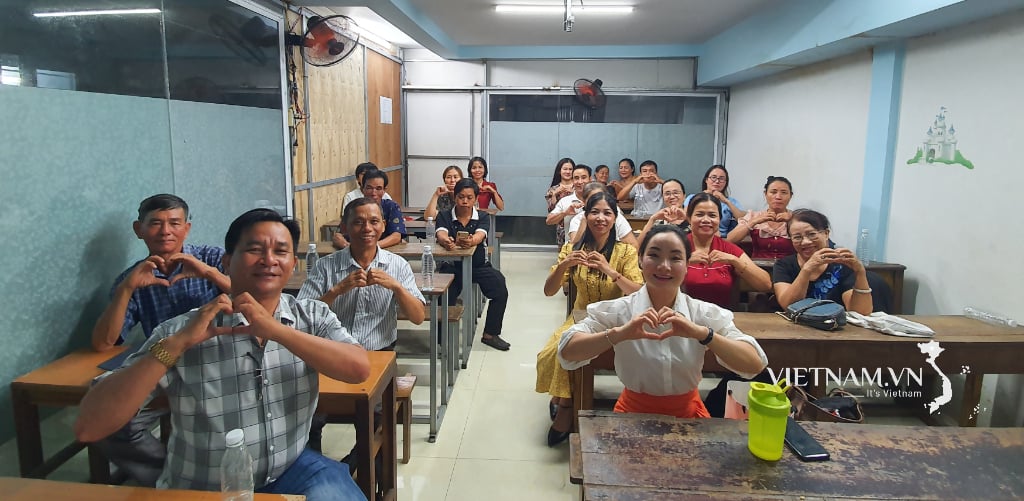
Comment (0)